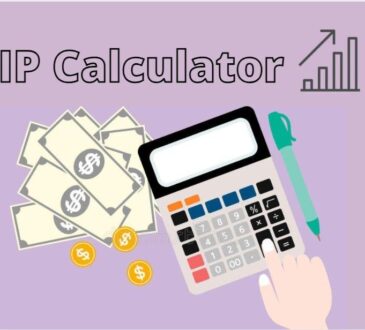
When it comes to pension planning, there are a few different types of pension plans to choose from. Each type has its features and benefits, so it’s essential to understand the differences before deciding which plan is right for you. In this blog post, we will discuss the three most common types of pension plans: We will also outline the key features and benefits of each plan type. So if you’re thinking about retirement planning, read this post!
Types of Pension Plans
Here are the major pension planning available in India:
Deferred Annuity
In a deferred annuity pension plan, you make regular payments during your working life. These payments are then invested and grow over time. Then, when you retire, you receive a lump sum payment and can use this to generate an income for life.
Immediate Annuity
This is the simplest type of pension plan, in which you make a lump sum payment to the pension provider, who then pays you an income for life, starting immediately. This income is usually fixed, meaning it does not go up or down over time.
With Cover Pension Plan
A Cover pension plan is a pension scheme set up and run by an insurance company. It is a long-term investment; you will need to pay into it for at least five years before you can start taking money out.
Annuity Certain
This type of pension plan is insurance company guaranteed, meaning your payments are guaranteed for life no matter how long you live.
Life Annuity
This is the simplest form of pension and pays you a regular income for life. It starts as soon as you retire, and how much you get depends on your life expectancy and the rate you have paid into the pension pot.
Guaranteed Period Annuity Plan.
This type of pension plan offers guaranteed payments for a specific period, usually between five and 20 years. After the guarantee period ends, payments will continue as long as you live, but at a lower rate.
Pension Plans: Features and Benefits
Guaranteed Pension/Income
Pension planning guarantees a certain income level when you retire, known as the “pension.” This is usually a percentage of your final salary and is paid to you for life.
Liquidity
Pension planning is a very liquid form of retirement savings. This means you can easily access your pension money when you need it without paying any penalties.
Vesting Age
The earliest age at which you can begin to receive pension payments is called the “vesting age.” This is usually the same as your retirement age. So, for example, if you retire at 65, your pension will begin paying out at that time. If you retire early, however, your pension payments may be reduced.
Tax Efficiency
Your money can grow tax-deferred with a pension plan. That means you don’t have to pay taxes on the growth of your investment until you withdraw the money in retirement.
The Bottom Line
No matter what your age, pension planning is essential. It’s never too early or too late to start saving for retirement. The sooner you start, the more time your money has to grow. And the more money you have when you retire, the better your chances of maintaining your lifestyle and enjoying a comfortable retirement.










